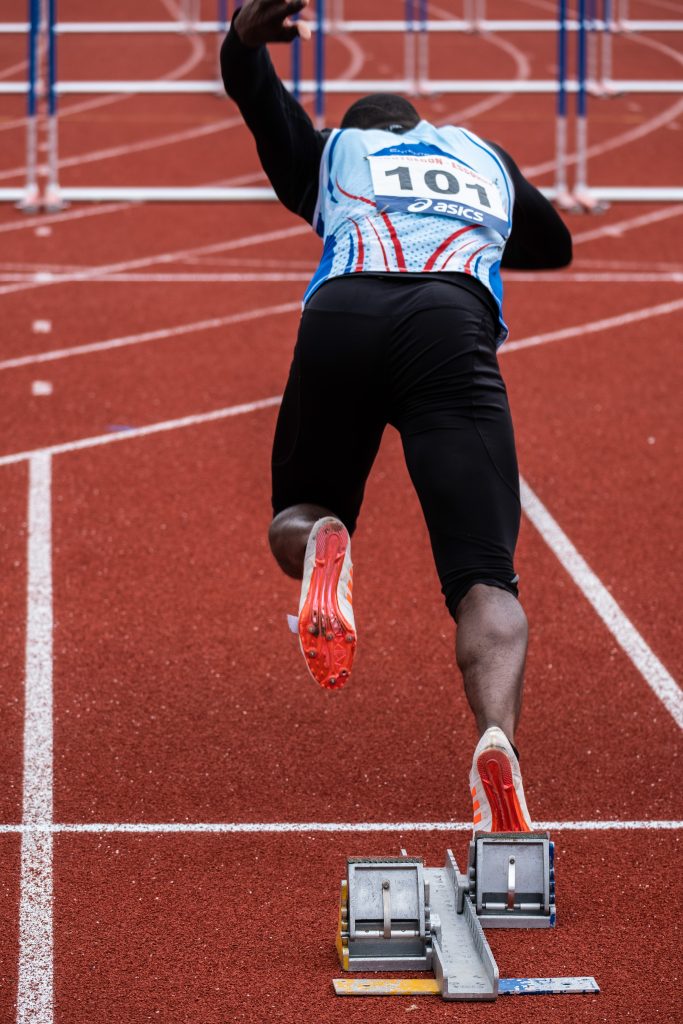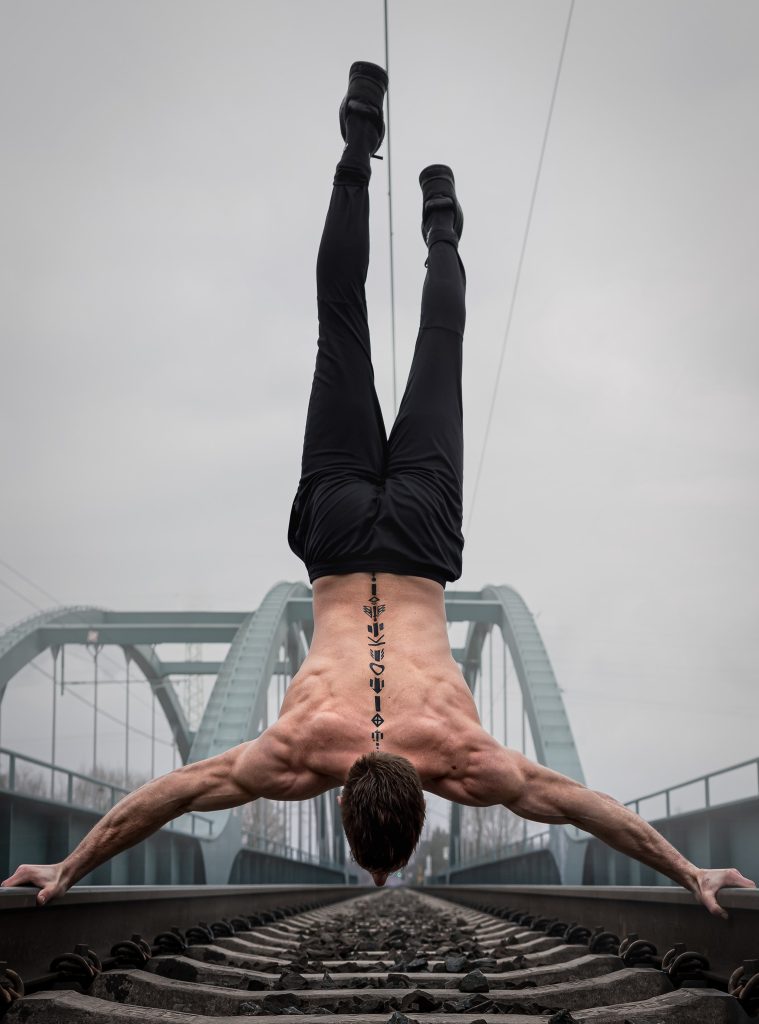Special training

Athletic
Top Speed and Acceleration
Many believe speed is somehow set in stone and that nothing can be done about it. That's just bullsh*t.
You can work on many areas. And these can also be trained individually for each seasonal phase.
- Sprint technique: Keywords such as leg technique, arm technique, contact time with the ground, front/backside mechanics.
- Stability: huge importance of trunk muscles, hip flexor, stability legs and feet, to transfer power to the front and lose as little power as possible in lateral or balancing movements
- Train and strenghten the Recoil Effect
- Strength training: Different types of strength training, explosive training tends to take place during seasonal breaks
- Maximum strength training
- Explosive strength training
- Reactive strength training
Stretching (Performance Enhancement):
The human body has about 7 liters of tissue fluid, much more than blood. Little attention is paid to this fact and potential.
Through specific stretching techniques held for extended periods of time, deep-lying soft tissues may become tremendously flexible and powerful. Stretching only addresses the so-called facial tissue after about 30 seconds. Special stretching exercises with simultaneous tightening of muscles can provide significant benefits in performance in addition to injury prevention.
On top of that, I attach great importance to stretching less stressed muscles/tissues of soccer players. As a very simple example, for each muscle there is a counter (agonist and antagonist) muscle. For each muscle that is stretched, one muscle flexes.
As a standard example: when the biceps flexes, the triceps stretches. In soccer, many muscles in the foot/leg area are used way more. Some muscle groups are stretched or flexed more than their counterparts. This creates an imbalance and limitations, which, if pronounced, can lead to complaints. Increased mobility (range of motion) is the key to improved performance and injury prevention.
A good analogy for this is a rubber band. When it is porous, it tears much faster under tension than an elastic rubber band.

Physical
Breath work:
There are many different breathing techniques that can be regenerative as well as improve endurance.
Breathing is the first thing humans do independently and also the last thing we do on earth. Between both, far too little attention is paid to the subject, in my opinion.
Exercises, such as using the diaphragm, or controlled hyperventilation may increase your lung volume and the number of oxygen-carrying red blood cells.
Breathing is a perfect tool to balance or bring yourself into a state of flow.
Picture yourself feeling terrific, everything is going swimmingly, you could be pulling out trees. But imagine deliberately hyperventilating at that moment, causing you to panic within a few minutes. Hardly anyone doubts that this is possible and would be the consequence. But it also works the other way around. The only thing standing in our way is our mind, not believing that this is possible. When you are in a negative state of emotion, this inner voice is particularly powerful, and you often have to practice this transformation process to retrieve it in decisive situations.
Breathing techniques enormously assist in dealing with pressure situations or even self-doubt, etc., which everybody has, but hardly anyone wants to admit.
Cold/Heat:
Training for the vascular system (blood/circulation). The cold pumps the blood to the vital organs (center of the body). When hot, blood is pumped to the extremities in addition to perspiration, once again to keep the center of the body at the proper, perfect body temperature. This training improves the blood circulation and therefore performance, and nutrient supply in the body.
Moreover, cold training or ice baths have numerous mental benefits (inner peace, calmness, ability to concentrate, release of energy, building of mitochondria).
Body statics:
Analyzing the body using images. If you put incorrect stress on your body, erroneous stresses will develop. These can lead to the body developing compensation patterns from the foot up. These may consist of different loads on muscles and tissues, or misalignments in the hips or spine. As a result, the risk of injury due to overload increases and maximum performance is limited.


Mental
Brain/Mind Training:
No matter the name, how your brain works determines a great deal, if not everything, in life in general but on the court in particular.
How quickly do I recognize situations? What solution occurs to me? What solution comes to mind? How quickly do I see the solution? What is my way of dealing with successes and setbacks? How are my self-talks in these situations and in general?
There are many techniques to work with: affirmations, autosuggestions, mental exercises. But even impulses for building muscle originate in the mind and can be mentally set in addition to physical training.
The decisive factor for the success of such exercises is the interaction between thoughts and emotions. Only when these are in harmony is sustainable, lasting change attainable.
And this is where the next point plays a crucial role.
Heart coherence:
Recent science shows that your heart communicates much more with your brain than the other way around. Meaning, the heart emits more electronic impulses to the brain than the brain emits to the heart. So it follows that emotions play a very important role in the success of mental training. The positive emotions like love, gratitude and happiness will help you to be and to become more competitive.
You've probably experienced it yourself when you're under pressure or things are just going badly for a while, you're exposed to constant negative criticism, you feel like you're blocked and otherwise self-evident things don't work out, etc.
Or you have experienced the opposite and were in the flow state, where everything came and seemingly worked out effortlessly. During this state you don't really think, you are just in the moment enjoying what you are doing. With training you can stimulate this state and consciously call it up more often.
By doing so, you achieve true confidence, arising from your inner core.
Sounds unfamiliar?
Trust and develop your potential
All great sportsmen emphasize the significance of the mind. Be audacious; try new things. Remember that these methods are scientifically and/or field proven. It's your chance to gain a competitive edge.
